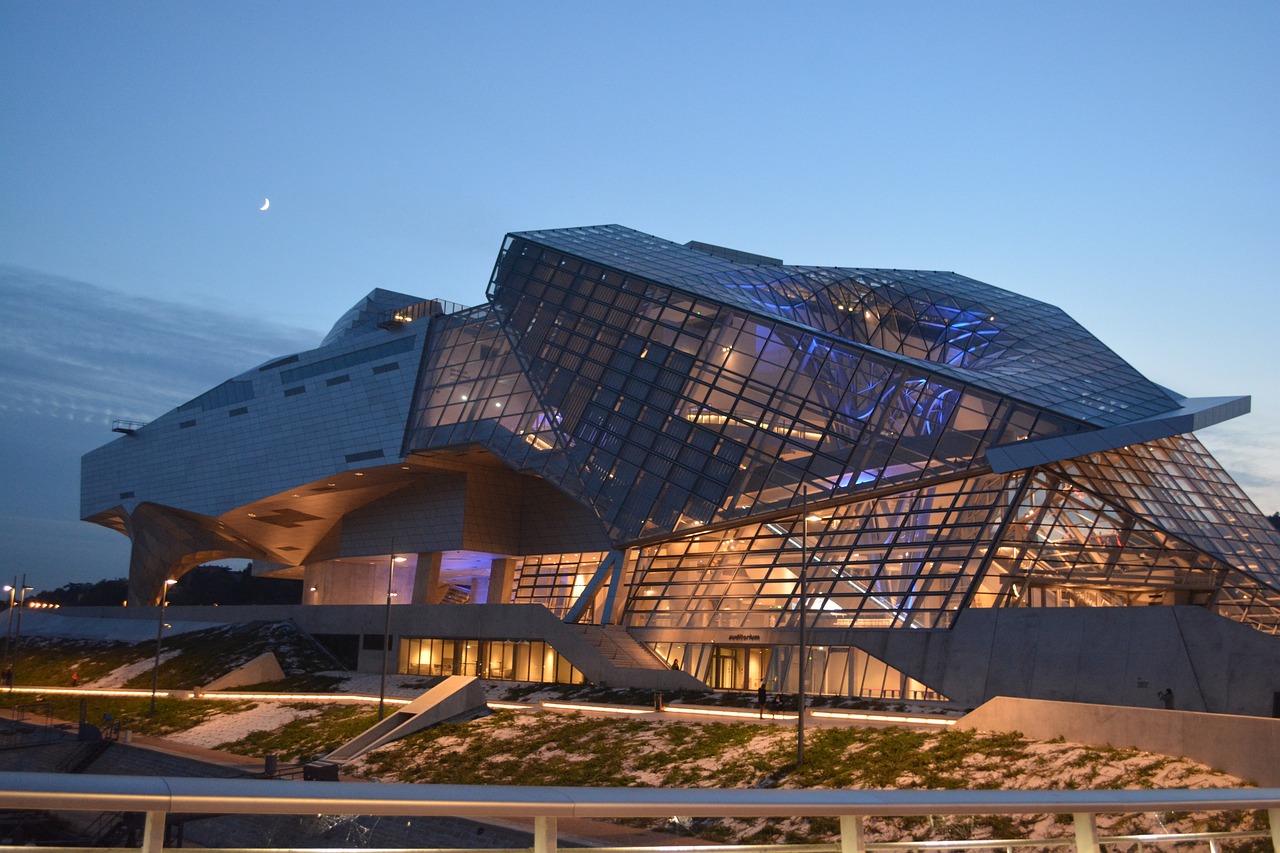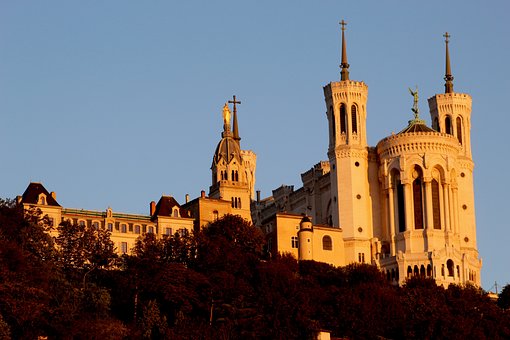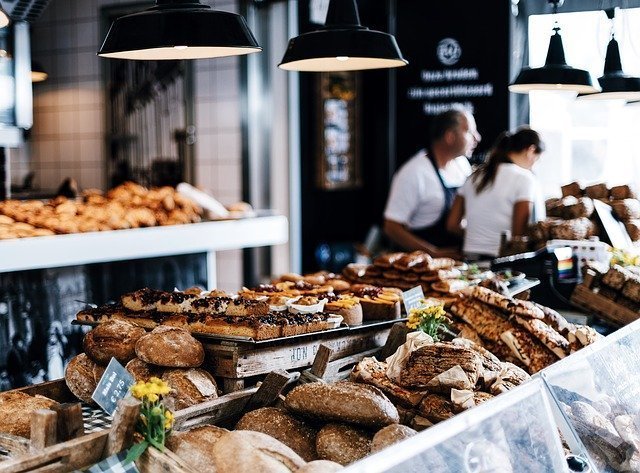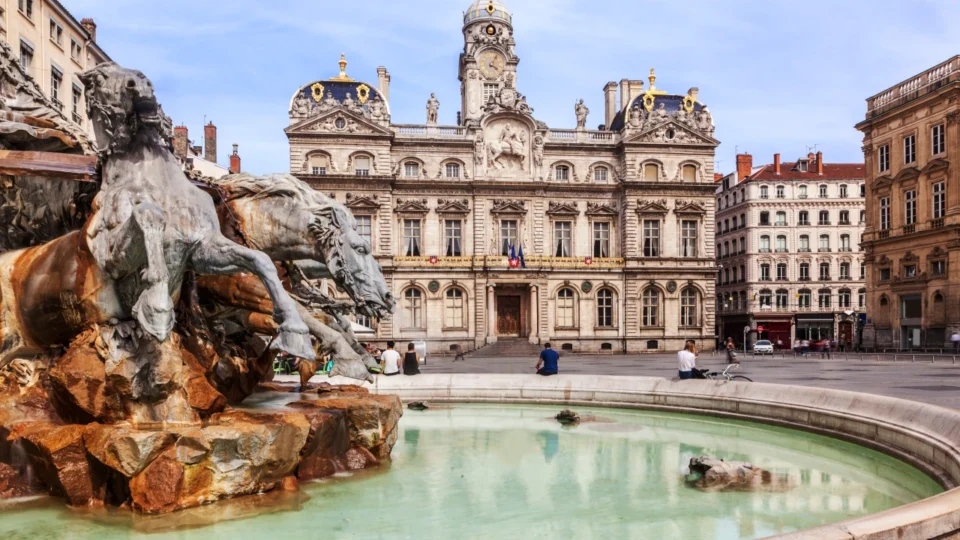If you want to picture France, picture Paris. If you’ve already visited the Louvre and seen the Mona Lisa, climbed the Eiffel Tower, and cruised the Seine, you might want to consider venturing further south in France.
Lyon, France’s second largest city, is a great alternative to Paris because of its friendliness and manageability. The city has been inhabited since Roman times, it is a melting pot of cultures, and it has one of the best cuisine scenes in all of France.
You’ll find five of them below.
Two rivers flow through Lyon
The Rhone and the Saone, two of Europe’s largest rivers, meet in the middle of Lyon. This meant that many city neighborhoods ran along the banks of beautiful rivers.

You may take a stroll or ride your bike around the quays and across the bridges without ever being too far from the river. In addition to the Confluence Museum’s natural history exhibits, visitors should take in the sights at the confluence of the two rivers.
Architecture

The people of Lyon have been constructing architectural masterpieces in their city ever since it was founded. There are two Roman theaters next to each other on a hilltop overlooking the Old Town, the white Basilica of Notre-Dame de Fourvière dominates the summit, and several medieval churches are interspersed among the plazas, shops, and restaurants.
The 18th-century Hotel Dieu, topped by a massive dome, dominates one bank of the Rhone, and it is here that the 5-star Intercontinental Lyon Hotel Dieu can be found. The newest addition to the Opéra de Lyon, the Confluence Museum’s steel and glass building, and the Euronews headquarters, painted a vibrant green, all attract visitors interested in modern architecture.
Museums
Lyon reminded me of New York because of its abundance of world-class museums, which is unusual for a city that is not the nation’s capital. Built into the hillside above the Roman theaters, the Gallo-Roman Museum details the city of Lyon’s Roman past in a Brutalist concrete edifice. Located in the same building as the Puppet Museum, the Museum of the History of Lyon covers a far broader time frame than its smaller neighbor.
Museum Soieries Brochier is a private museum dedicated to silk, but art aficionados should plan on spending a whole day exploring the galleries of the Musee des Beaux Arts, which house everything from Ancient Egyptian mummies to Art Deco furniture. The Lyon City Card (starting at EUR 26.90) allows you unlimited rides on the city’s public transit system and free admission to all of Lyon’s museums.
Getting around Lyon on public transport is easy.
The Old Town of Lyon is easily accessible by foot, despite its location between the river and a steep hill where some of the city’s most popular monuments, such as the basilica and the Roman theaters, are located.
Fortunately, Lyon’s excellent public transportation system makes it easy to get anywhere in the city, quickly and cheaply.
The Old Town and the summit are connected by a funicular, and you can take a bus, tram, or metro to get anywhere else. The city’s investment in public transportation has paid off, since both traffic and air pollution levels are significantly lower compared to other cities of a similar size.
Food

Lyon has a good claim to being France’s food capital, but any vacation to France is sure to be delicious. There are 20 restaurants in the city that have earned the Michelin star, and in every neighborhood, you can find a wide variety of taverns, cafes, and family-run restaurants serving delicious food.
The Bouchon Lyonnais is the place to go if you’re looking for a great example of regional cuisine. This label is given to restaurants that provide the classic dishes of the local culture.
Over the course of a long weekend, I sampled dishes from half a dozen of these restaurants; Le Bistro d’Abel and Chez Lucien stood out as special favorites.
Les Halles de Lyon is another must-see. The largest cheese selection I’ve ever seen was in the Paul Bocuse covered food market in Lyon, named for the city’s most well-known chef.

